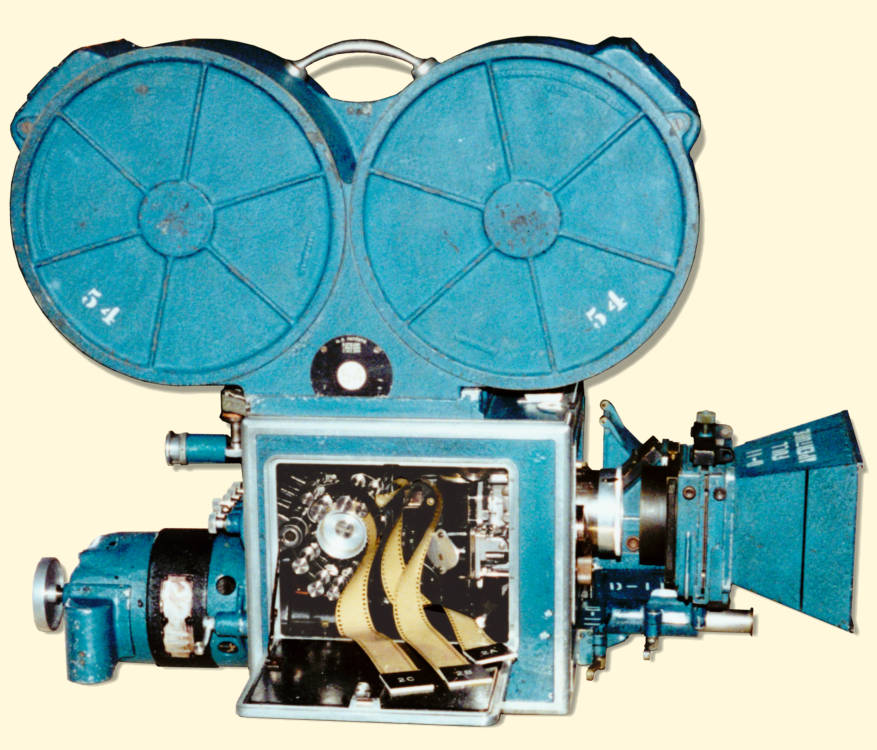

For that, Steve Arkle and Bob Richardson at Complete Post came up with a way to patch this manually in a daVinci 2K, essentially using what we now call the RGB mixer in Resolve. This is why those late 1920s/early 1930s look kind of odd, because green is essentially omitted. I totally agree you would need a split node structure to do a 2-strip Technicolor "Process 3" look, which is basically a cyan/magenta process (no green). And I would bet there weren't any multiple-multiple layers dedicated to specific color channels. Everything came together fairly well for that film, all shot on 5219 and color-corrected in Lustre by Natasha Leonnett at eFilm. I would point to a recent film like La La Land as an example of pretty decent emulation with great color correction, lighting, costuming, and art direction.

I continue to unconvinced that anybody can recreate the look of Technicolor IB prints just because of the unique way they were made. Kalmus, since Technicolor was protected by trade secrets and never by patents. Note that not a lot is written down by Dr. This is detailed in the various books quoted elsewhere on the Technicolor process. I don't think you need to create specific nodes just to control YCM separately.īTW, one interesting thing about the real Technicolor Process 4 was the final application of a B&W layer at the very end (derived from the green channel), just to add some latent contrast and sharpness. Click to expand.I'm not convinced this couldn't be emulated with some relatively simple boosts in overall chroma and then very careful curves to control them.


 0 kommentar(er)
0 kommentar(er)
